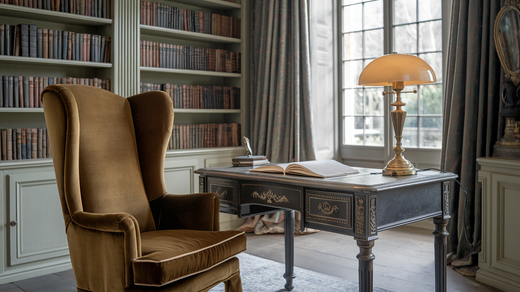
How to Identify Authentic Antique Furniture
Antique furniture is more than just decor; it’s a piece of history that brings character and charm to any space. However, identifying authentic antique pieces can be challenging for beginners. With reproductions flooding the market, knowing what to look for is essential to ensure you’re getting the real deal. Here’s a comprehensive guide to help you distinguish genuine antique furniture from imitations.
1. Understand the Definition of an Antique
An antique is typically defined as an item that is at least 100 years old. Anything newer is often classified as vintage or retro. While this rule isn’t absolute, it’s a good starting point for identifying furniture with historical value.
Examine the Construction
One of the first things to inspect is the craftsmanship. Authentic antique furniture was handcrafted, so you should see irregularities that indicate human handiwork. Check for dovetail joints—these were often used in drawers and signify traditional woodworking techniques. Machine-cut dovetails, which are uniform, suggest a reproduction made after the mid-19th century.
Assess the Materials
Older furniture was made from solid wood, often from local sources. Look for signs of aging, such as wood shrinkage or a patina that has developed over time. Reproductions might use engineered wood or veneers, which lack the natural imperfections of aged wood.
Check for Wear and Tear
Authentic antique furniture will show signs of use. Look for wear in areas that would naturally experience frequent contact, such as armrests, drawer edges, or the bottoms of legs. Uniform wear or pristine condition may indicate a reproduction.
Verify Provenance
Provenance refers to the history of an item—where it came from, who owned it, and how it was used. A reputable dealer should be able to provide documentation or a detailed story about the piece’s origin. While not always available, provenance adds credibility to an antique’s authenticity.
Seek Professional Expertise
If you’re unsure, consult an antique appraiser or dealer. Their expertise can help you avoid costly mistakes and ensure you’re investing in a genuine piece.
Conclusion
By understanding the characteristics of authentic antique furniture, you can make informed purchases and build a collection that reflects your appreciation for history and craftsmanship. Whether you’re a seasoned collector or just starting out, these tips will guide you in finding timeless treasures.



